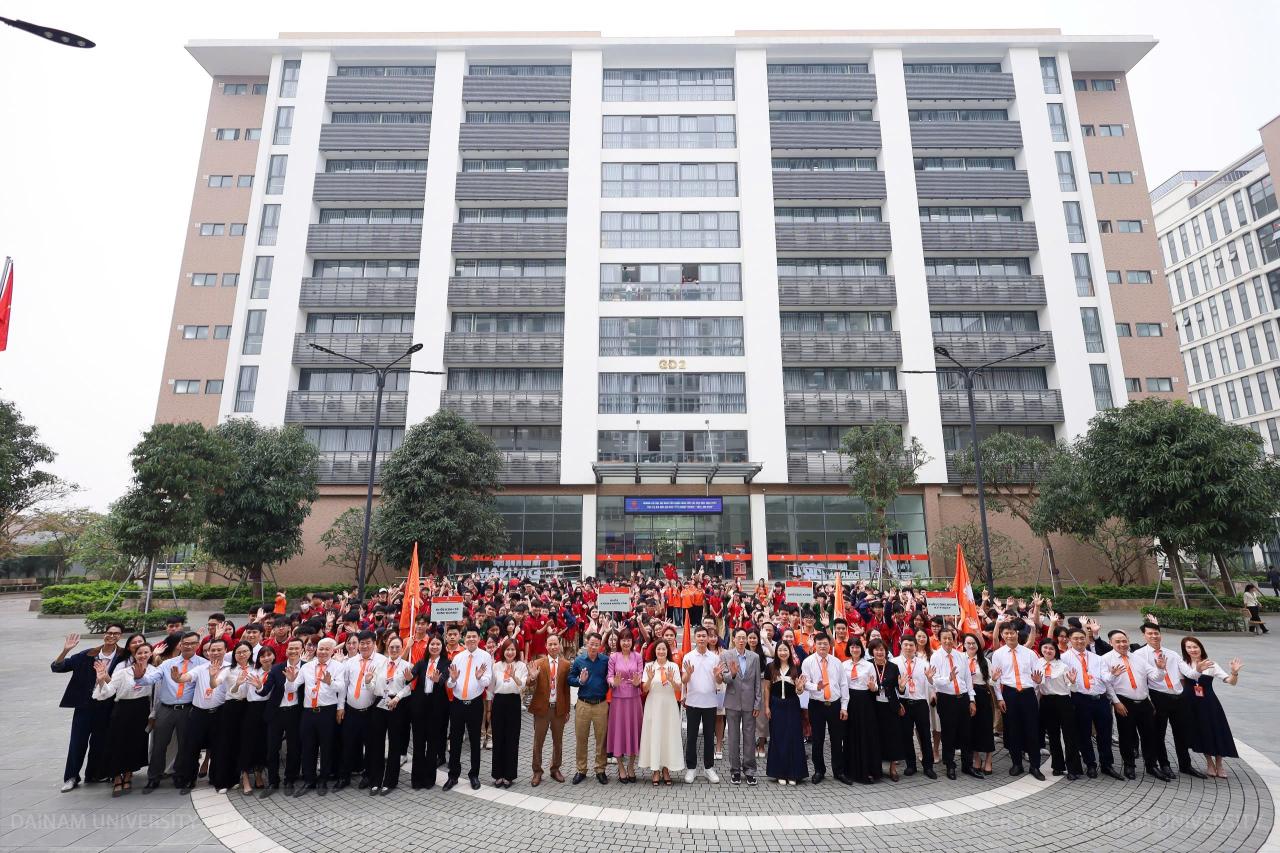Photoshop exercise guide
Posted date 04/10/2017
11.296 view

You accidentally see a beautiful photo and are passionate about it, you want to create even more beautiful photos, and so you start looking for software called Photoshop.
Bui Van Hai – IT K10 student
You accidentally see a beautiful photo and are passionate about it, you want to create even more beautiful photos, and so you start looking for a software called Photoshop (This is the next article of the article: " Getting Started with Photoshop " )
Lesson 02 Photoshop Exercise Guide
Video number 1 has helped us get acquainted with some basic concepts along with very quick examples, which may make some of you find it difficult to grasp. The advice is to watch the video again and try to follow the operations in it. You can expand the internet to find more detailed documents. Some instructions below will help you remember the basic operations one more time.
1. Basic operations
Open the image file ( File > Open or press Ctrl - O or select the image file, drag and hold the left mouse button and drag the image into the Photoshop program). [See https://hocphotoshop.vn/bai-1-cach-mo-file-anh-trong-photoshop-cs6.html ].
Save the image after completing the exercise ( File > Save or press Ctrl – S ). [See https://hocphotoshop.vn/bai-2-cach-luu-file-anh-trong-photoshop-cs6.html ]
If we want to manipulate a part of the image of the currently selected layer, that part of the image must be selected (selection) and our operations will only affect that area. Once a selection has been created, only the selected area will be edited. Areas outside the selection will not be affected by the operations.
Duplicate layer: the operation to turn the selected area into a new layer: place the mouse in the selected area, go to Layer > New > Layer via Copy or press Ctrl – J , we will have a new layer containing the selected area
2. Basic selection operations
Lasso Tool group, allows to draw the selection area by yourself: hold the mouse on a point, draw the curve you want, when stopping, it will automatically connect to the first point, creating a contour, which is the selected area.
Polygonal Lasso Tool group, allows drawing a selection area in a zigzag line: hold the mouse on a point, click the next point, it will automatically connect the 2 points, when stopping (double click) it will automatically connect with the first point, creating a surrounding polygon, which is the selected area.
Magnetic Lasso Tool group, allows drawing a selection but according to the starting point: press the mouse on a point, move the mouse and it will automatically select the exact line for you, when stopping (double click) it will automatically connect to the point to create a contour, which is the selected area.
Magic Wand Tool group, allows drawing a selection area according to the points with the same color around the point you clicked (contiguous: linked area or unlinked area; Tolerance: the number that allows more or less points to be selected: the smaller the number, the more similar the color is to be selected, usually choose number 32).
Quick Selection Tool group, similar to Magic Wand Tool but we don't need to click many times, just hold down the mouse and move it to select the similar place.
Note: When selecting an object, we have to zoom in, then use the zigzag tool to move slowly along the border, it usually takes a while but the image is very high quality.
3. Basic photo beautification operations
The Spot Healing Brush Tool group is used to erase hot spots on the image. Hot spots are black spots, noise, acne, etc. Choose the appropriate size (not too big), then click on the hot spot, it will automatically handle it for you (miracle acne treatment!)
The Patch Tool group takes the color of another area and places it on the corresponding area, creating a reasonable blend, making the selected area more harmonious: click, drag and release the mouse to complete a point.
The Red Eye Tool group is used to handle red eye phenomenon in photos.
The Clone Stamp Tool group allows you to paint with the color of a given image area, often used to remove hot spots on a portrait without losing the color of the surrounding area. For example, removing text on a trash can.
4. Instructions for doing exercises
Exercise 1: Remove acne, blemishes, and moles with Photoshop .
Step 1: Open the image file (File > Open)
B2: Duplicate the layer using the key combination Ctrl – J
B3: Use the Patch Tool to select, drag and release the mouse on the hot spot.
B4. Delete the background, press the Delete key and remove the eye at the background layer
B5: Press Ctrl – S to save
Exercise 2: Change the background of the Buddha image (practice according to the video):
Step 1: Open the image file (File > Open).
B2: Duplicate the layer using the key combination Ctrl – J
B3: Select the Magic Wand Tool to select the same color area (without affecting other color areas, with Tolerance (the lower the ratio, the more accurate the color capture).
B3: Press the key combination Shift – F6 (the smoother the feathering and sharpness of the cut edges, the more realistic the photo will be)
B4. Delete the background, press the Delete key and remove the eye at the background layer (so the background separation is done)
B5: Turn off the selection: press Ctrl - D.
Step 6: Get the photo to be merged: - Select the photo, press Ctrl - A (select the entire photo selection area). - Press Ctrl - C (copy the photo) - Exit the photo Ctrl - W.
B7: Through the image above, press Ctrl – V to paste. - Press the letter V to drag the image to the desired position.
B8: Press Ctrl – S to save.
5. This period's exercises
Exercise to remove unnecessary details from the photo
Lesson 02 Photoshop Exercise Guide
Video number 1 has helped us get acquainted with some basic concepts along with very quick examples, which may make some of you find it difficult to grasp. The advice is to watch the video again and try to follow the operations in it. You can expand the internet to find more detailed documents. Some instructions below will help you remember the basic operations one more time.
1. Basic operations
Open the image file ( File > Open or press Ctrl - O or select the image file, drag and hold the left mouse button and drag the image into the Photoshop program). [See https://hocphotoshop.vn/bai-1-cach-mo-file-anh-trong-photoshop-cs6.html ].
Save the image after completing the exercise ( File > Save or press Ctrl – S ). [See https://hocphotoshop.vn/bai-2-cach-luu-file-anh-trong-photoshop-cs6.html ]
If we want to manipulate a part of the image of the currently selected layer, that part of the image must be selected (selection) and our operations will only affect that area. Once a selection has been created, only the selected area will be edited. Areas outside the selection will not be affected by the operations.
Duplicate layer: the operation to turn the selected area into a new layer: place the mouse in the selected area, go to Layer > New > Layer via Copy or press Ctrl – J , we will have a new layer containing the selected area
2. Basic selection operations
Lasso Tool group, allows to draw the selection area by yourself: hold the mouse on a point, draw the curve you want, when stopping, it will automatically connect to the first point, creating a contour, which is the selected area.
Polygonal Lasso Tool group, allows drawing a selection area in a zigzag line: hold the mouse on a point, click the next point, it will automatically connect the 2 points, when stopping (double click) it will automatically connect with the first point, creating a surrounding polygon, which is the selected area.
Magnetic Lasso Tool group, allows drawing a selection but according to the starting point: press the mouse on a point, move the mouse and it will automatically select the exact line for you, when stopping (double click) it will automatically connect to the point to create a contour, which is the selected area.
Magic Wand Tool group, allows drawing a selection area according to the points with the same color around the point you clicked (contiguous: linked area or unlinked area; Tolerance: the number that allows more or less points to be selected: the smaller the number, the more similar the color is to be selected, usually choose number 32).
Quick Selection Tool group, similar to Magic Wand Tool but we don't need to click many times, just hold down the mouse and move it to select the similar place.
Note: When selecting an object, we have to zoom in, then use the zigzag tool to move slowly along the border, it usually takes a while but the image is very high quality.
3. Basic photo beautification operations
The Spot Healing Brush Tool group is used to erase hot spots on the image. Hot spots are black spots, noise, acne, etc. Choose the appropriate size (not too big), then click on the hot spot, it will automatically handle it for you (miracle acne treatment!)
The Patch Tool group takes the color of another area and places it on the corresponding area, creating a reasonable blend, making the selected area more harmonious: click, drag and release the mouse to complete a point.
The Red Eye Tool group is used to handle red eye phenomenon in photos.
The Clone Stamp Tool group allows you to paint with the color of a given image area, often used to remove hot spots on a portrait without losing the color of the surrounding area. For example, removing text on a trash can.
4. Instructions for doing exercises
Exercise 1: Remove acne, blemishes, and moles with Photoshop .
Step 1: Open the image file (File > Open)
B2: Duplicate the layer using the key combination Ctrl – J
B3: Use the Patch Tool to select, drag and release the mouse on the hot spot.
B4. Delete the background, press the Delete key and remove the eye at the background layer
B5: Press Ctrl – S to save
Exercise 2: Change the background of the Buddha image (practice according to the video):
Step 1: Open the image file (File > Open).
B2: Duplicate the layer using the key combination Ctrl – J
B3: Select the Magic Wand Tool to select the same color area (without affecting other color areas, with Tolerance (the lower the ratio, the more accurate the color capture).
B3: Press the key combination Shift – F6 (the smoother the feathering and sharpness of the cut edges, the more realistic the photo will be)
B4. Delete the background, press the Delete key and remove the eye at the background layer (so the background separation is done)
B5: Turn off the selection: press Ctrl - D.
Step 6: Get the photo to be merged: - Select the photo, press Ctrl - A (select the entire photo selection area). - Press Ctrl - C (copy the photo) - Exit the photo Ctrl - W.
B7: Through the image above, press Ctrl – V to paste. - Press the letter V to drag the image to the desired position.
B8: Press Ctrl – S to save.
5. This period's exercises
Exercise to remove unnecessary details from the photo
.png)
Remove extra details on the image according to the video:
https://www.youtube.com/watch?v=2FBAI32x1a8
Watch the next episode: " Lesson 02: Color processing tools on photos ".
https://www.youtube.com/watch?v=2FBAI32x1a8
Watch the next episode: " Lesson 02: Color processing tools on photos ".
Latest article
View all Posts
Related articles
See all related Articles










